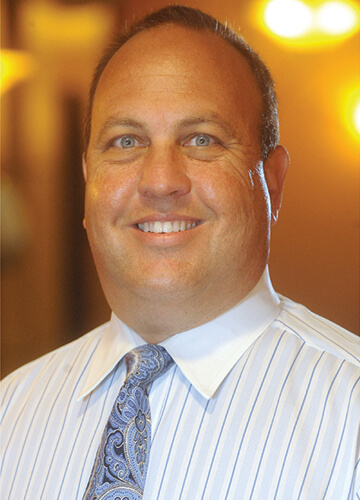CAD/CAM Technology: Is it Worth the Investment? (Chart)
Like all technology these days, from phones to computers, equipment in the field of dentistry is changing faster than ever before. And, just like an early adopter with the latest smartphone, the task falls to doctors in discerning which cutting-edge technology is worth the investment for their practice now and which they can afford to wait on.
Computer-aided design/computer-aided manufacturing (CAD/CAM) is one such technology that has made its way into the industry and piqued the interest of dentists—but has them asking if the investment is worth it. CAD/CAM systems allow users to scan, design, mill and place a crown in a single appointment, and it’s changing the way dentists handle restorations. Immediate benefits include the convenience of working entirely in-house; streamlined workflow with tools that work together seamlessly; and, of course, single-appointment restoration for patients.
However, when all is said and done, what is “convenience” and “workflow” worth to you? Would you believe thousands of dollars of additional income? Bringing restorations in house can reduce lab and impression costs to increase profits, not to mention set your practice apart in the market and attract more patients. Just take a look at the typical costs associated with a crown compared to in house restorations:
|
Expense |
Lab Crown Process |
|
In-Office Mill Process |
|
Crown Fee to patient |
$1,000 |
$1,000 |
|
|
Impression Costs |
-$37 |
$0 |
|
|
Lab Fee |
-$130 (Lithium Disilicate (emax)) |
$0 |
|
|
Average cost |
N/A |
-$25 |
|
|
Profit before Overhead |
$833 |
$975 |
As you can see, using a CAD/CAM system can result in an additional $142 per crown. A practice that places four crowns a week, 16 per month, has the potential for $2272 added profit each month.
Plus, if you choose to work with an open CAD/CAM system, you can pick and choose which aspects of CAD/CAM fit your practice’s needs best—invest in one new piece of equipment or the whole system, whatever works within your budget.
Doctors frustrated with the hidden fees of traditional impressions—storage, disposal, inventory of models and retakes—not to mention the cost of trays and impression materials, may find that investing in digital impressions, such as an intraoral scanner, is all they need. On the other hand, for those who wish to eliminate lab expenses—as well as the extra wait time that means for patients—a full system, from scanning to milling machine, would be the best investment.
The new technology of CAD/CAM is here to stay. Of course, the numbers may vary from practice to practice, but the obvious conclusion is there. The question isn’t “is it worth it” but rather, “can you afford not to make the investment?”
What is your take on the ROI associated with CAD/CAM dental systems? I would love to read your comments below.






